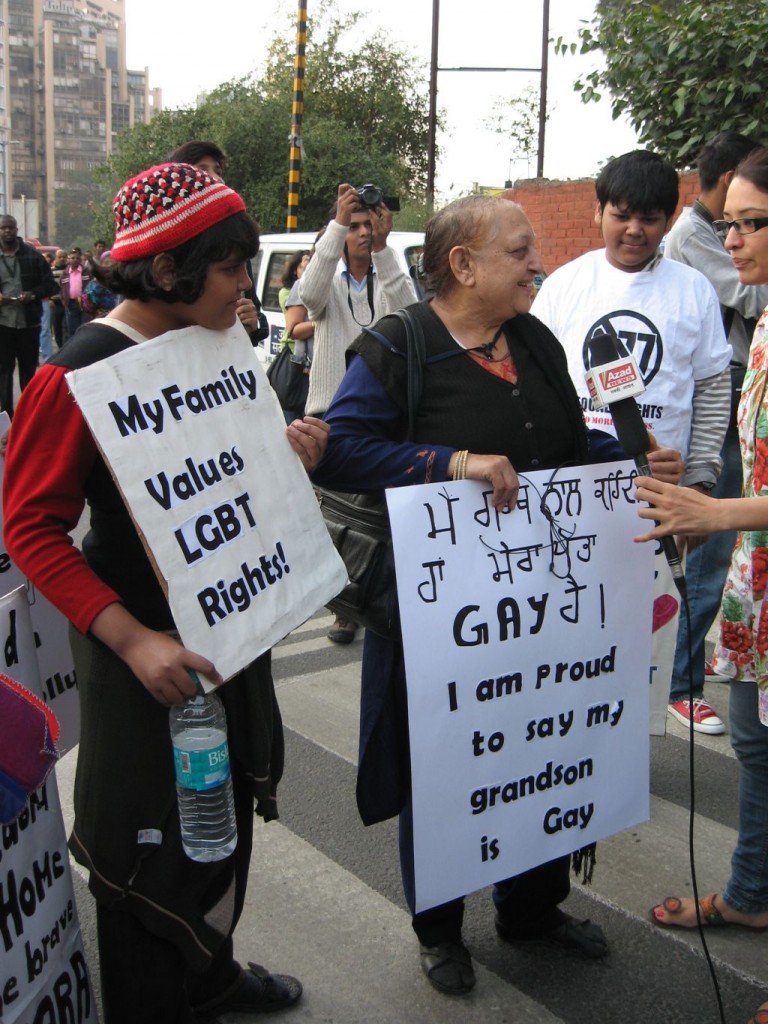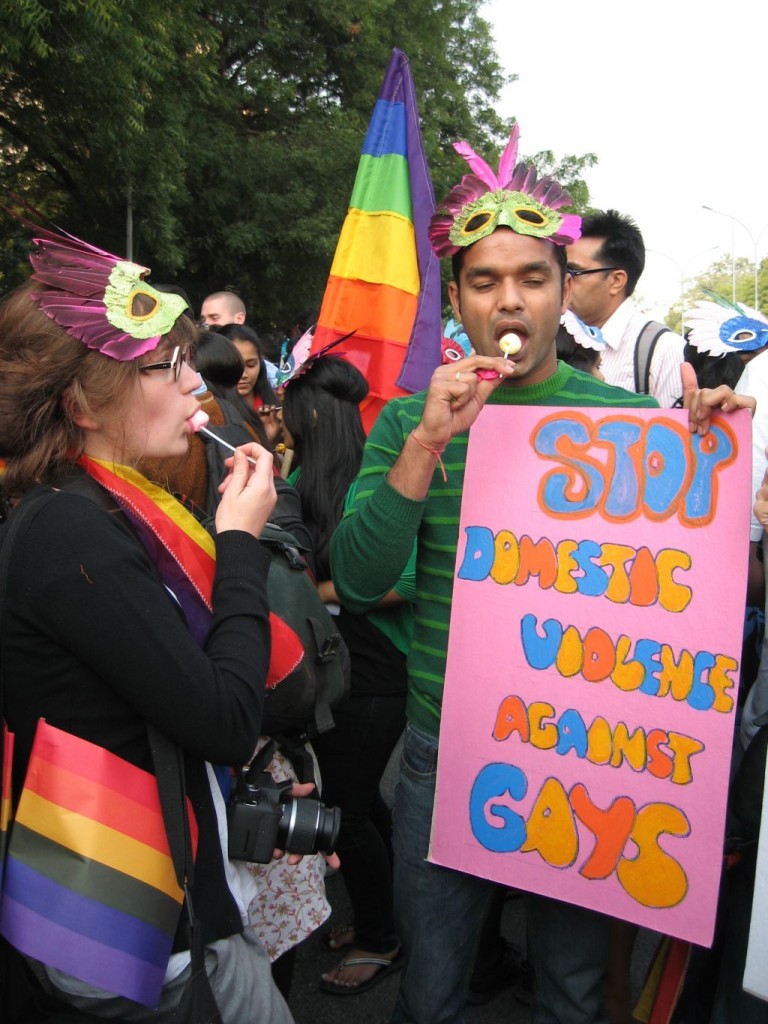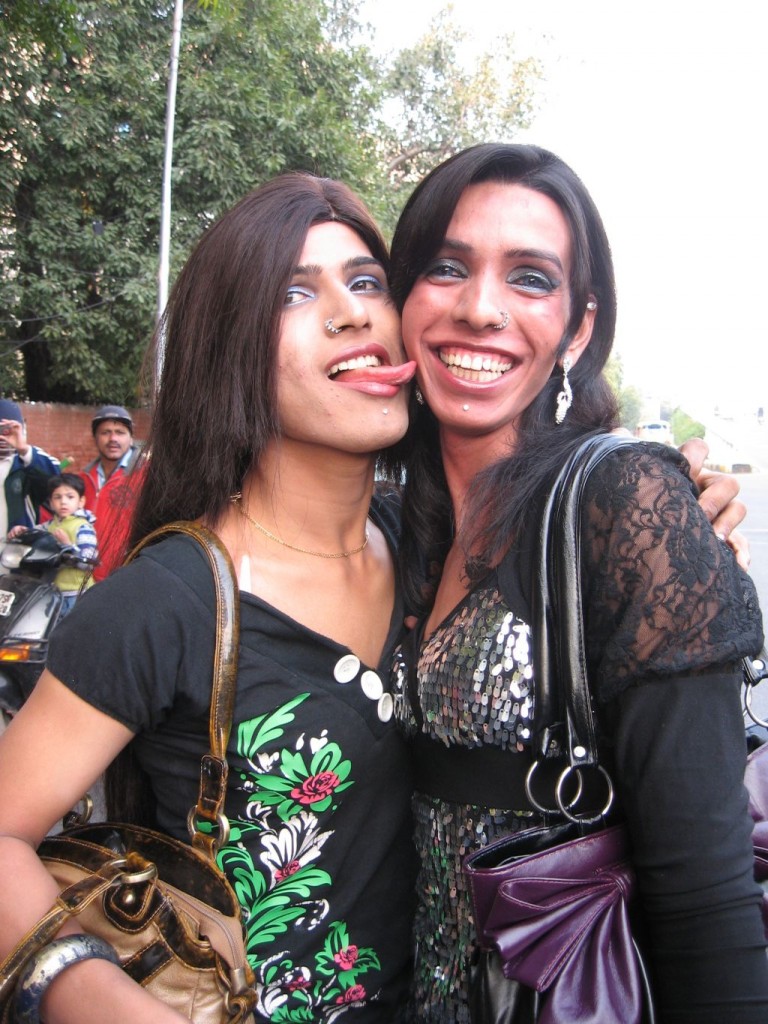New Year’s Eve at Agni Disco, Varanasi
Usually, I go out with my friends to celebrate New Year, but this year I couldn’t because my friends were not organized. I thought, why not explore something new in Varanasi? That’s when I remembered a disco called Agni, which had opened the previous year. I had only heard about it but didn’t know its exact location. I asked my friends, but they didn’t know either. Finally, I took my bike and went searching for it on the evening of the 31st. I reached a bar, asked about the disco, and fortunately, they knew the address.
When I first went there, they told me the timings – open from 12 to 4 in the afternoon and again from 8 to 11 in the evening. They asked me to return at 8 o’clock. Later, I went back with a friend around 9, only to find out that they were allowing couples only. I was really disappointed. I asked if there was any chance later in the night, and they told me to come back after an hour. So, my friend and I went to a nearby alcohol shop, had a beer, and then returned. Luckily, this time they allowed me in.
The entry fee was Rs. 1000 for couples and Rs. 700 for single men like me, while entry was free for girls. The ticket included two beers, but inside they gave only two small glasses instead of a bottle or a can. I had been to several discos and nightclubs in bigger Indian cities before, but this was my first disco experience in Varanasi – and it turned out to be really interesting.
I noticed a few differences compared to discos in big cities. Usually, discos in metros serve good-quality alcohol and have plenty of stock, but here the options were very limited. Most of the alcohol was either cheap, very common, or just lower middle-quality brands – nothing like what I’d seen elsewhere. Another big difference was the music. In Varanasi’s disco, they played only Bollywood songs. Honestly, I enjoyed it because I understand and like Bollywood more than Western music, but it surprised me since in big cities I rarely see discos playing Indian pop or Bollywood.
The crowd was also different. Discos in big cities usually have at least 100 people even on normal days, but here on New Year’s Eve there were hardly 50 people. Most were young boys, though a few girls were also there. Varanasi is a very male-dominated city, and you rarely see girls in short skirts or sleeveless clothes. But at Agni, for the first time in my life, I saw girls in short skirts, drinking, and smoking – something very rare to see in Varanasi. Boys and girls were dancing together, away from their families.
Perhaps many of them were not locals. Varanasi attracts students from all over India, many of whom live in hostels, so I think they were hostel students enjoying their freedom. It’s hard for me to imagine local parents in Varanasi allowing their daughters to go to a disco with male friends. Still, I liked seeing them together. I was also curious about women’s safety at the disco, and after spending nearly three hours there, it seemed to be safe for women as well.
Surprisingly, I even saw a few families with kids. Normally the disco closes at 11 pm, but because it was New Year’s Eve, they stayed open until 1 am. Overall, it was a very nice and memorable experience. I enjoyed it a lot and would definitely like to visit again on regular days with my friends or even family.
Happy New Year 2011!












